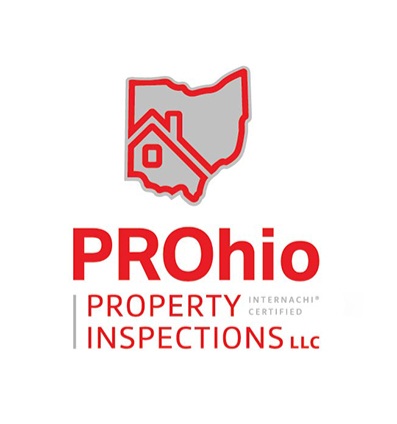Black mold, scientifically known as Stachybotrys chartarum, is a type of fungi notorious for its potential health hazards and property damage. With its distinct dark appearance and musty odor, black mold is often a cause for concern when discovered indoors. In this article, we delve into the world of black mold, exploring its risks, methods of prevention, and effective remediation strategies.
Understanding Black Mold
Black mold belongs to the genus Stachybotrys and thrives in damp, humid environments. It is characterized by its black or dark green appearance, often resembling soot or dirt. The spores of black mold are abundant in both outdoor and indoor environments, but it’s when they find a conducive environment for growth that problems can arise.
Health Risks
Exposure to black mold can have adverse effects on human health, particularly on individuals with compromised immune systems, respiratory issues, allergies, or sensitivities. Common symptoms of black mold exposure include:
- Respiratory Issues: Coughing, sneezing, wheezing, and nasal congestion.
- Skin Irritation: Rashes, hives, and general irritation.
- Eye Irritation: Redness, watery eyes, and itchiness.
- Headaches: Persistent headaches and migraines.
- Fatigue: Feeling unusually tired or lethargic.
- Nausea: Stomach discomfort and digestive issues.
Long-term exposure to black mold has been associated with more severe health problems, including chronic respiratory diseases and infections. It’s important to note that not everyone reacts to black mold in the same way, and sensitivity to mold can vary widely among individuals.
Preventing Black Mold Growth
Preventing black mold growth begins with controlling moisture levels in your home or property. Here are some effective preventive measures:
- Fix Leaks: Address any leaks in your roof, walls, plumbing, or windows promptly.
- Proper Ventilation: Ensure proper ventilation in bathrooms, kitchens, and other areas prone to moisture buildup.
- Dehumidifiers: Use dehumidifiers to maintain indoor humidity levels below 50%.
- Regular Cleaning: Clean and dry areas prone to dampness, such as basements and crawl spaces.
- Proper Insulation: Properly insulate walls, floors, and ceilings to prevent condensation.
Remediating Black Mold
If you suspect black mold growth in your home, it’s crucial to take prompt action. Here are steps to effectively remediate black mold:
- Assessment: Determine the extent of the mold growth and identify affected areas.
- Containment: Isolate the affected area to prevent the spread of spores to other parts of the property.
- Personal Protection: Wear appropriate protective gear, including masks, gloves, and goggles.
- Removal: Remove and dispose of contaminated materials, ensuring thorough cleaning.
- Cleaning: Clean surfaces with mold-killing solutions and ensure they are completely dry.
- Prevention: Address the underlying moisture issue to prevent future mold growth.
- Professional Help: For extensive mold infestations, seek the assistance of professional mold remediation services.
Black mold is a serious concern that can impact both your health and the integrity of your property. By understanding the risks, taking preventive measures, and promptly addressing any mold growth, you can mitigate the potential dangers associated with black mold. Remember that regular maintenance and vigilant monitoring of moisture levels are essential to creating a mold-free environment for you and your loved ones. If in doubt, don’t hesitate to seek professional assistance to ensure a thorough and safe mold removal process.
